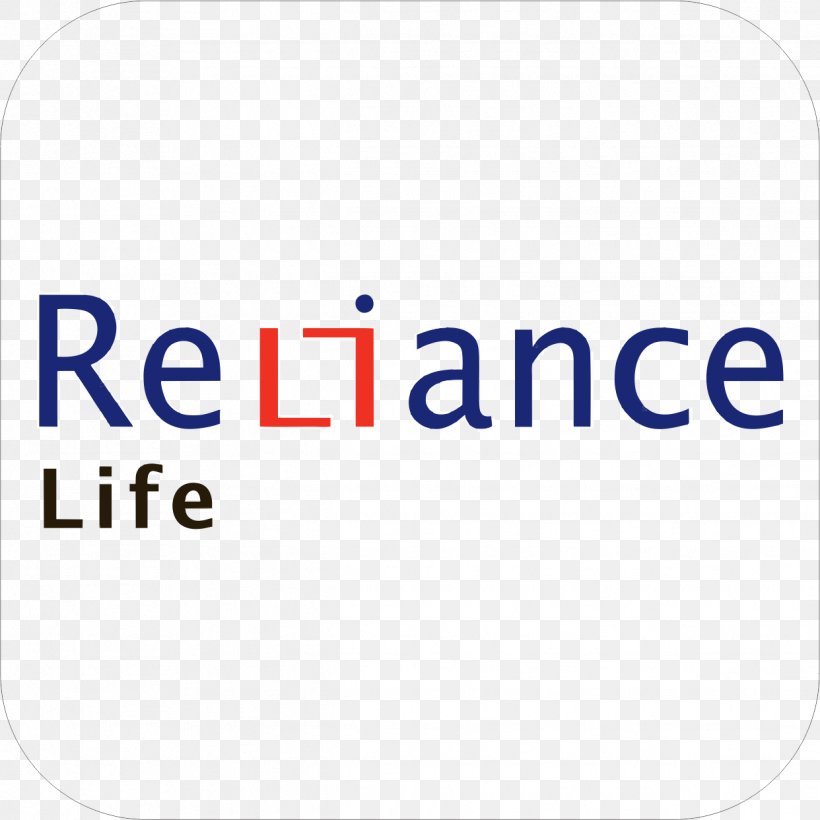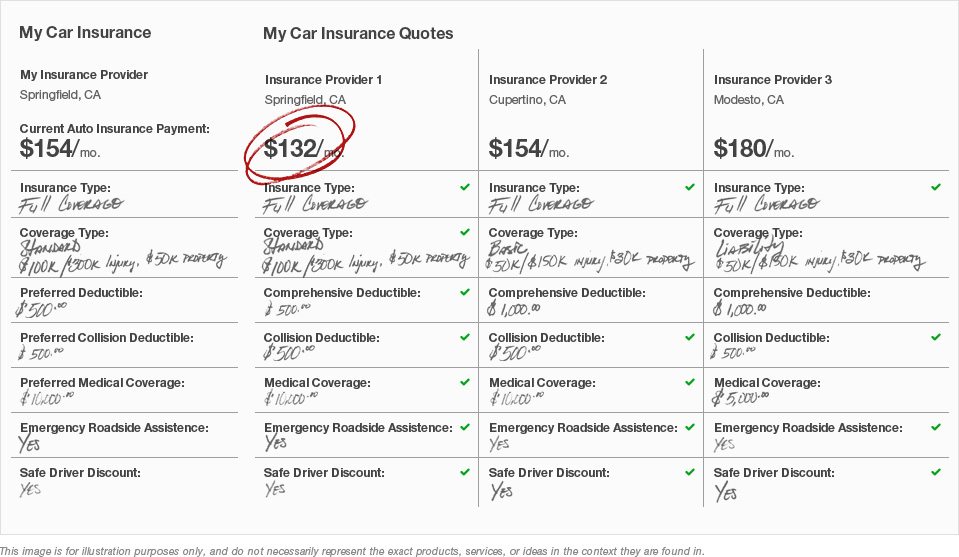Insurance Of Life

Insurance of life, often referred to as life insurance, is a financial tool designed to provide peace of mind and financial security to individuals and their loved ones. In an uncertain world, life insurance serves as a vital safeguard, ensuring that the unexpected doesn't leave families burdened with financial struggles. This comprehensive guide will delve into the intricacies of life insurance, exploring its various types, benefits, and how it can be tailored to meet specific needs.
Understanding Life Insurance

Life insurance is a contract between an individual (the policyholder) and an insurance company. The policyholder pays a premium, typically at regular intervals, and in return, the insurance company promises to pay a specified sum (known as the death benefit) to the designated beneficiaries upon the policyholder’s death.
The primary purpose of life insurance is to offer financial protection and support to those who depend on the policyholder's income. It can help cover various expenses, including funeral costs, outstanding debts, daily living expenses, and even provide a financial foundation for the policyholder's family to continue their current lifestyle.
Types of Life Insurance
Life insurance comes in several forms, each tailored to meet different needs and circumstances. The two main categories are:
- Term Life Insurance: As the name suggests, this type of insurance provides coverage for a specified term or period. It offers a fixed death benefit for a set number of years, typically 10, 20, or 30. Term life insurance is often more affordable than other types and is ideal for those seeking temporary coverage to protect their families during specific life stages, such as raising children or paying off a mortgage.
- Permanent Life Insurance: This type of insurance offers lifelong coverage, meaning the policy remains in force as long as the premiums are paid. It includes a cash value component that accumulates over time, which can be borrowed against or withdrawn. Permanent life insurance is a more comprehensive option, often providing both death benefits and a savings or investment element.
Within these categories, there are further variations, including:
- Whole Life Insurance: A type of permanent insurance with level premiums and a guaranteed death benefit. The cash value grows at a fixed rate, and policyholders can access this value through loans or withdrawals.
- Universal Life Insurance: Another form of permanent insurance, offering flexible premiums and the ability to adjust death benefits. The cash value can be invested in various ways, providing potential for higher returns.
- Variable Life Insurance: This type allows policyholders to invest their premiums in different investment options, such as stocks and bonds. While it offers potential for higher returns, it also carries more risk.
- Guaranteed Issue Life Insurance: Designed for individuals who may have difficulty securing traditional life insurance due to health or age factors. It typically has a smaller death benefit and higher premiums.
Key Benefits and Considerations
Life insurance offers a range of benefits, including:
- Financial Security: The primary advantage is providing financial stability to loved ones after the policyholder's death. It ensures that beneficiaries can maintain their standard of living and meet essential expenses.
- Debt Coverage: Life insurance can help pay off outstanding debts, such as mortgages, car loans, or credit card balances, preventing financial strain on the family.
- Tax Benefits: In many cases, the death benefit from a life insurance policy is received tax-free, providing a significant advantage over other forms of savings or investments.
- Estate Planning: Life insurance can be a valuable tool in estate planning, helping to cover estate taxes and ensuring the smooth transfer of assets to beneficiaries.
- Business Protection: For business owners, life insurance can provide funds to buy out a deceased partner's share or cover business expenses, ensuring continuity.
However, choosing the right life insurance policy requires careful consideration of factors such as:
- Coverage Amount: Determining the appropriate death benefit is crucial. It should cover essential expenses and provide a financial cushion for the family.
- Term Length: For term life insurance, selecting the right term length is essential. It should align with specific financial goals or periods of high financial responsibility.
- Premium Costs: Premiums can vary significantly based on factors like age, health, and the type of policy. It's essential to find a balance between coverage and affordability.
- Rider Options: Many policies offer additional riders or endorsements, such as accelerated death benefits for terminal illnesses or waivers for premium payments during disability.
Performance Analysis and Real-World Examples

Life insurance policies have proven their worth in countless real-life situations. For instance, consider a family with a sole breadwinner who passes away unexpectedly. Without life insurance, the family might face immediate financial struggles, from paying for the funeral to covering everyday expenses. However, with a well-chosen life insurance policy, the family receives a substantial death benefit, providing the means to maintain their lifestyle and cover necessary costs.
Moreover, life insurance can be a valuable tool for business owners. Take the example of a small business co-owned by two friends. Upon one owner's death, the life insurance policy ensures that the surviving owner has the funds to buy out the deceased owner's share, allowing the business to continue operating smoothly.
Comparative Analysis
When comparing life insurance policies, it’s essential to evaluate them based on several key factors:
| Policy Type | Premium Cost | Coverage Duration | Cash Value Potential |
|---|---|---|---|
| Term Life | Lower | Specific term (e.g., 20 years) | None |
| Whole Life | Higher | Lifetime | Guaranteed growth |
| Universal Life | Flexible | Lifetime | Varies based on investment performance |

Future Implications and Industry Trends
The life insurance industry is evolving, adapting to changing consumer needs and preferences. Here are some trends to watch:
- Digital Transformation: Insurance companies are increasingly leveraging technology to streamline processes, from policy applications to claims management. This shift towards digital platforms enhances efficiency and convenience for customers.
- Personalized Policies: With advancements in data analytics, insurers can offer more tailored policies. This includes customized coverage amounts, flexible premium structures, and rider options based on individual needs and risk profiles.
- Wellness Integration: Some insurers are exploring ways to incentivize policyholders to maintain healthy lifestyles. This could involve discounts or rewards for meeting certain health goals, encouraging a proactive approach to wellness.
- Emerging Markets: As economies grow and financial literacy improves, the demand for life insurance is expected to rise in developing countries. Insurers are expanding their reach to tap into these emerging markets.
Conclusion
Life insurance is an essential financial tool, offering a safety net for individuals and their families. By understanding the different types of policies and their benefits, individuals can make informed choices to protect their loved ones’ future. As the industry evolves, life insurance continues to adapt, providing innovative solutions to meet the diverse needs of policyholders.
How much life insurance coverage do I need?
+The amount of coverage you need depends on your personal circumstances, including your income, debts, and the financial needs of your dependents. A common rule of thumb is to aim for 10-15 times your annual income, but it’s best to consult with a financial advisor to determine the right amount for your situation.
Is life insurance tax-deductible?
+Life insurance premiums are generally not tax-deductible for individuals. However, if you own a business and purchase life insurance as part of a business plan (e.g., key person insurance), the premiums may be deductible as a business expense. Consult with a tax professional for specific advice.
Can I change my life insurance policy once it’s in place?
+Yes, you can often make changes to your life insurance policy, such as increasing or decreasing the coverage amount, adding or removing beneficiaries, or converting a term policy to a permanent one. However, changes may impact your premiums, and some adjustments may require a new medical exam.



